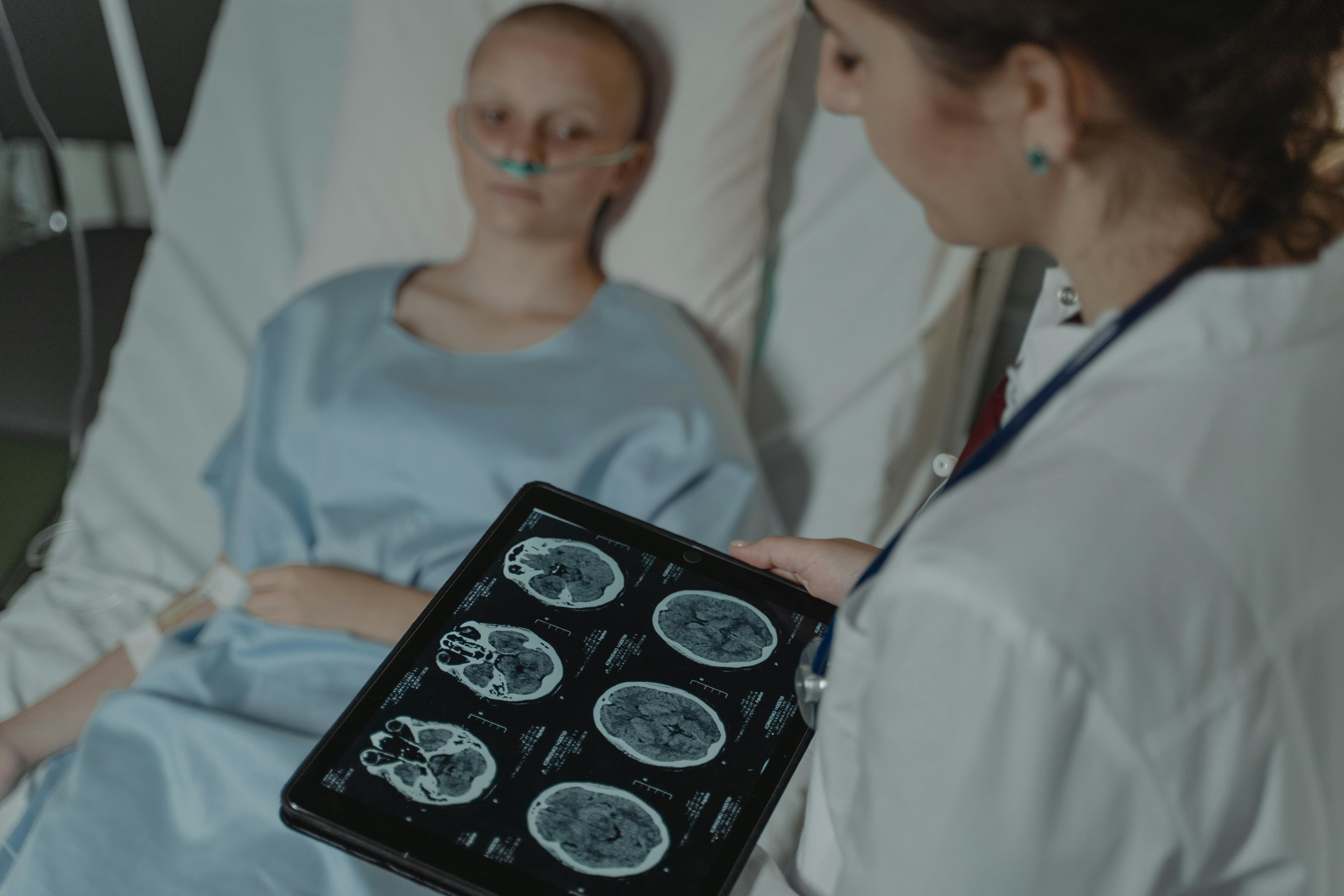AI-Powered 3D Scene Generation Using Video Diffusion Models

Top post
From Pixels to Scenes: A Step Towards 3D Generation with Video Diffusion Models
Generating 3D scenes from videos is a complex and computationally intensive undertaking. Traditional methods often require elaborate modeling and rendering processes. However, new research findings in the field of artificial intelligence, specifically in the area of diffusion models, promise a significantly more efficient approach. One promising method, causing a stir in the scientific community, is the distillation of video diffusion models for generating 3D scenes in a single step.
Diffusion models have proven to be a powerful tool for generating images and videos in recent years. They work by gradually adding noise to an image and then learning to remove this noise to obtain the desired result. This approach has proven particularly effective in generating high-quality and detailed content.
The innovation in 3D scene generation now lies in extending this principle to the third dimension. Instead of generating individual images or videos, these new models aim to directly create a complete 3D scene. The key lies in the "distillation" of the knowledge of a pre-trained video diffusion model. This knowledge is used to train a specialized model capable of directly reconstructing a 3D scene from a given video sequence.
Advantages of the One-Step Approach
The biggest advantage of this method lies in its efficiency. The generation of the 3D scene takes place in a single step, drastically reducing the computation time compared to traditional methods. This opens up new possibilities for applications in areas such as virtual reality, gaming, and film, where the rapid generation of 3D content is crucial.
Another advantage is the high quality of the generated scenes. By leveraging the knowledge of the pre-trained video diffusion model, detailed and realistic 3D scenes can be generated that meet the requirements of demanding applications.
Challenges and Future Prospects
Despite the promising results, researchers still face several challenges. The accuracy of the reconstruction and the handling of complex scenes are areas that require further research. The scalability of the method to larger and more complex datasets is also an important aspect for future developments.
The development of efficient methods for generating 3D scenes is an active research area with great potential. The distillation of video diffusion models represents an important step in this direction and opens up exciting prospects for the future of 3D content creation. The combination of speed, quality, and efficiency makes this approach a promising candidate for a wide range of applications.
Bibliography: - https://cvpr.thecvf.com/virtual/2025/poster/33458 - https://arxiv.org/abs/2503.13272 - https://aejion.github.io/accvideo/ - https://proceedings.neurips.cc/paper_files/paper/2024/file/4fac0e32088db2fd2948cfaacc4fe108-Paper-Conference.pdf - https://arxiv.org/html/2501.08316v1 - https://github.com/diff-usion/Awesome-Diffusion-Models - https://paperswithcode.com/task/super-resolution/latest?page=6&q= - https://vsehwag.github.io/blog/2023/2/all_papers_on_diffusion.html - https://cvpr.thecvf.com/Conferences/2024/AcceptedPapers - https://www.ecva.net/papers/eccv_2024/papers_ECCV/papers/06174.pdf.png)


